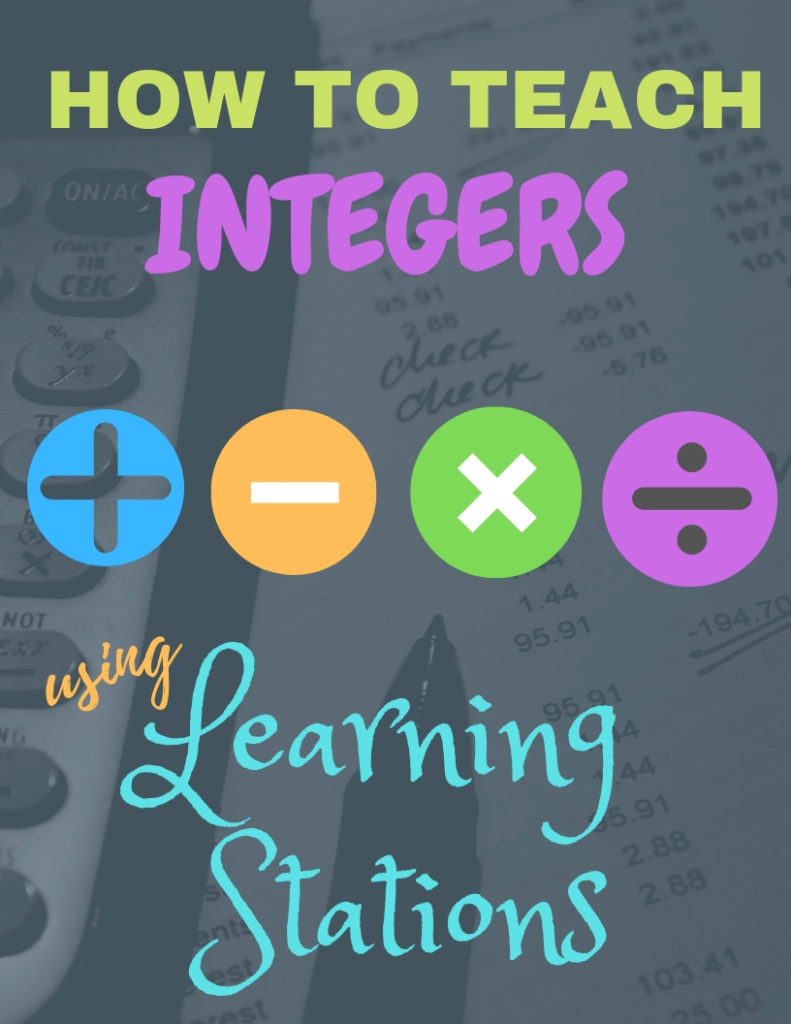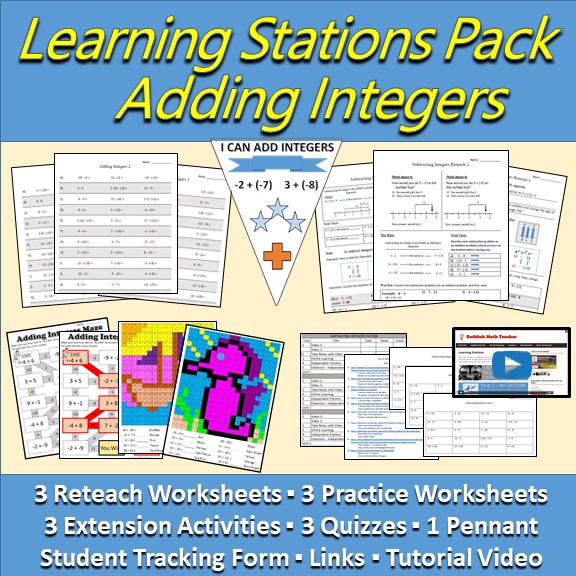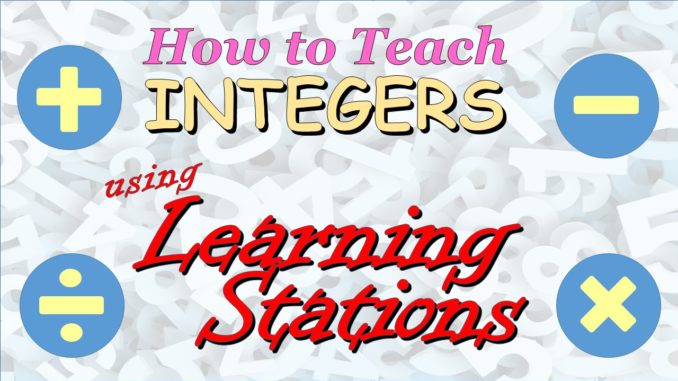
Adding, Subtracting, Multiplying, and Dividing Integers
I stared at my students in disbelief. “How did so many of you fail the quiz on adding, subtracting, multiply, and dividing integers?” Three simple skills. So many mistakes.
Some students were mixing up the rules for adding integers with multiplying them. Some were adding the absolute values of the positive and negative numbers when they should have been subtracting them. Some were ignoring the negative signs all together and some were just subtracting instead of converting it to an addition problem.
What to do? How do I help them all?
And why had so many of them made so many mistakes? It’s as if they had learned nothing the past two weeks!
Integers will Haunt Them Forever
Every Algebra and Geometry teacher has been frustrated with the same plight. How are there so many students in the room who can’t add, subtract, or multiply integers!?! They were supposed to learn this years ago!
How did they get through Pre-Algebra without knowing how to work with integers?
And how can I help them when I’m supposed to be teaching them more advanced topics?
Sadly, they can’t do those grade level skills until they learn how to add, subtract, multiply, and divide integers.
The Problem
Most teachers teach integers the same way I used to. First, a fabulous lesson on the concept of negative numbers and absolute value.
Second, a fantastic lesson on adding integers with sufficient practice given for the students to master the concept.
Third, students are taught how to subtract negative numbers, which requires for them to convert the subtraction problem into an addition problem. And here’s where the trouble begins.
The problem is that though I gave enough practice on adding integers, some didn’t fully grasp it. So now they have to subtract negative numbers, which requires them converting it to a subtracting integers problem, but they’re messing that up to – because they still can’t add integers! So they weren’t ready to move on.
Then, when multiplying integers is introduced, they are completely confused and start mixing everything up.

The Solution
Don’t introduce subtracting integers until they have fully grasped adding integers.
And don’t teach them how to multiply and divide integers until they fully understand how to subtract integers.
By doing it this way, students will have the prerequisite skills mastered for the next concept, and the confidence to move on with their learning. They will feel prepared instead of overwhelmed and lost.
But How?
How can you not introduce subtracting integers until the student has understood adding integers?
The reason you’re asking that question is because you are thinking that the only way to teach is to keep your whole class together (pacing wise). To teach them all the same lesson, at the same time, with the same amount of practice, and then progressing them to the next skill together.
So you are always struggling as to whether or not to move the class on. If you do, you will leave some behind by forcing them along though they are not ready (if they can’t add integers, they’ll never be able to subtract them). But how long can you keep the whole class back on the account of a few struggling students? And what about the ones who were ready to move on long ago, but you’ve forced them to stay back? You are hindering them from reaching their full potential.
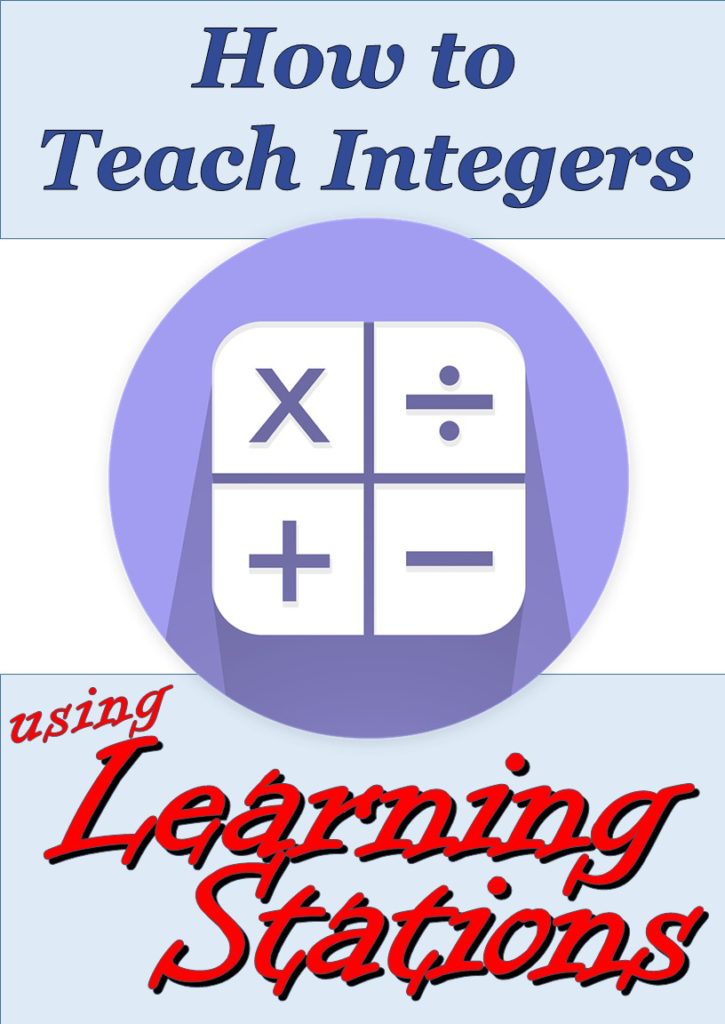
But What if?
What if you didn’t have to move the whole class on, together, at the same time? What if you only moved on those who were ready? And those who were still struggling were allowed additional practice, without being penalized for their slower than average pace?
What if each student was given as much practice as they needed to master the skill, and wasn’t moved on until they were ready?
This method would help every student in the room! You could accelerate your stronger students, while remediating your weaker ones. And everyone could thrive.
As everyone was obtaining success at their level, and not being left behind or held back, they would gain confidence in their abilities, as well as feel pride in their success. Discipline issues would minimize while positive sentiments towards math, school, and you would increase. As would test scores!
The Solution
To differentiate in this manner, you have to have a method where everyone can independently work on the skill that they need to – receiving instruction, practice, and feedback on that skill.
Since students in the room could be working on a wide range of skills at the same time, this learning and practicing would need to be done independently of the teacher.
It can be done by creating a learning station for each skill.
This way, those needing to work on adding integers can be in the ‘adding integers station.’ And those who have mastered it, could be moved on to the ‘subtracting integers’ station. And those who had mastered adding and subtracting integers could move on to the ‘multiply and divide integers station.’
By building stations like this, you allow students to accelerate as quickly or slowly as they need to.
And what’s really cool, is since you are measuring their comprehension, you can celebrate their success! I do it by placing banners on the wall and putting the names of the students under the banner which is labelled with the name of the skill they just mastered.

How to Do It
I recommend you create a Learning Stations for each skill and then progress students through the skills once they have mastered them (and only once they have mastered them).
I teach math teachers to create a 3 Day Learning station that includes a tutorial and lots of practice with immediate feedback. At the end of three days, you assess the students to measure whether or not they have mastered the skill of the station that they are in. If they have mastered it, they are celebrated (the banners) and then progressed to the next station. If they have not mastered the skill that they were working on, they remain in the station for another three day rotation.
Want More Resources?
To Learn More about Learning Stations, I have several resources for you:
- A free cheat sheet full of resources that will help you get started with learning stations
- A book on how to build and use learning stations in your class
- A Pinterest Board full of integers resources for teachers
- An online, 3 part class that will walk you through the step by step process of creating and using your own learning stations in your classroom
You can also purchase pre-made learning stations full of all the worksheets, videos, pennants, and student tracking forms needed to implement your learning station today. Preview them by clicking the links below.
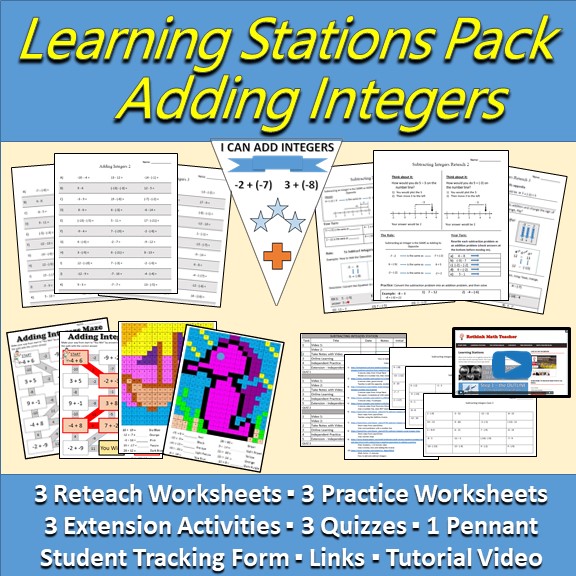
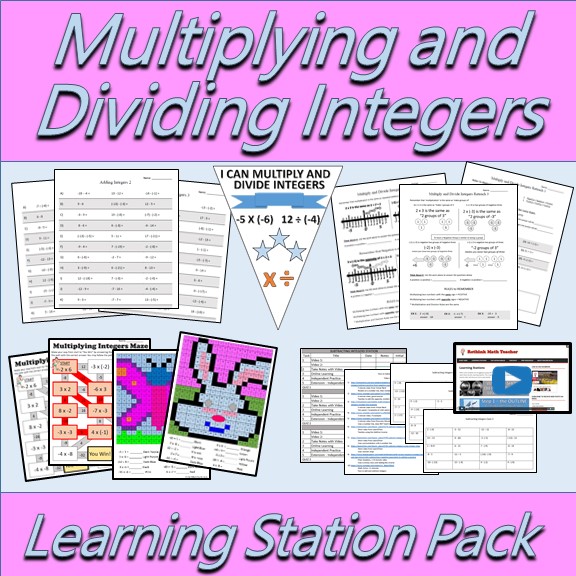
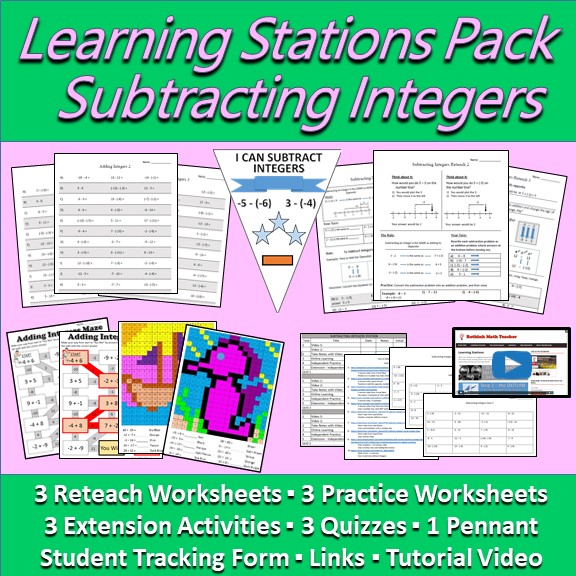
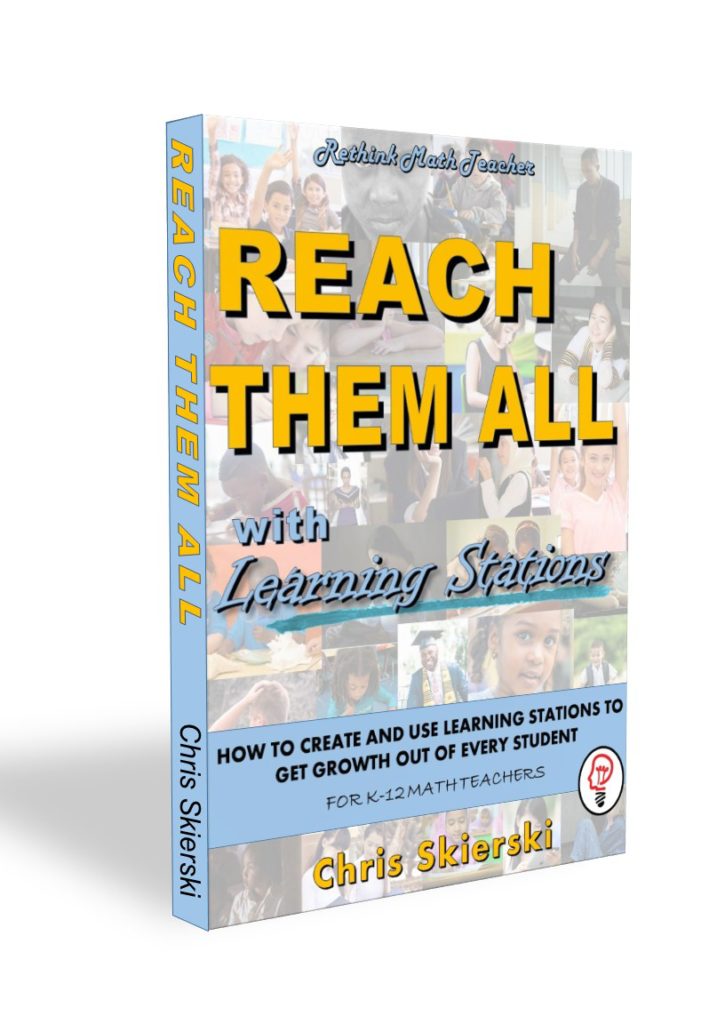
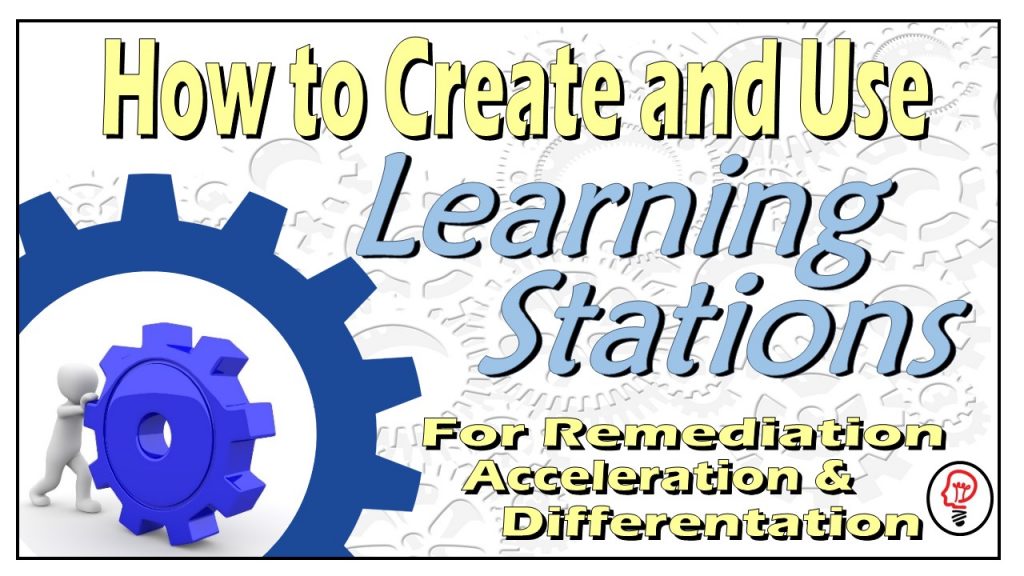
Share this Resource with a Friend
